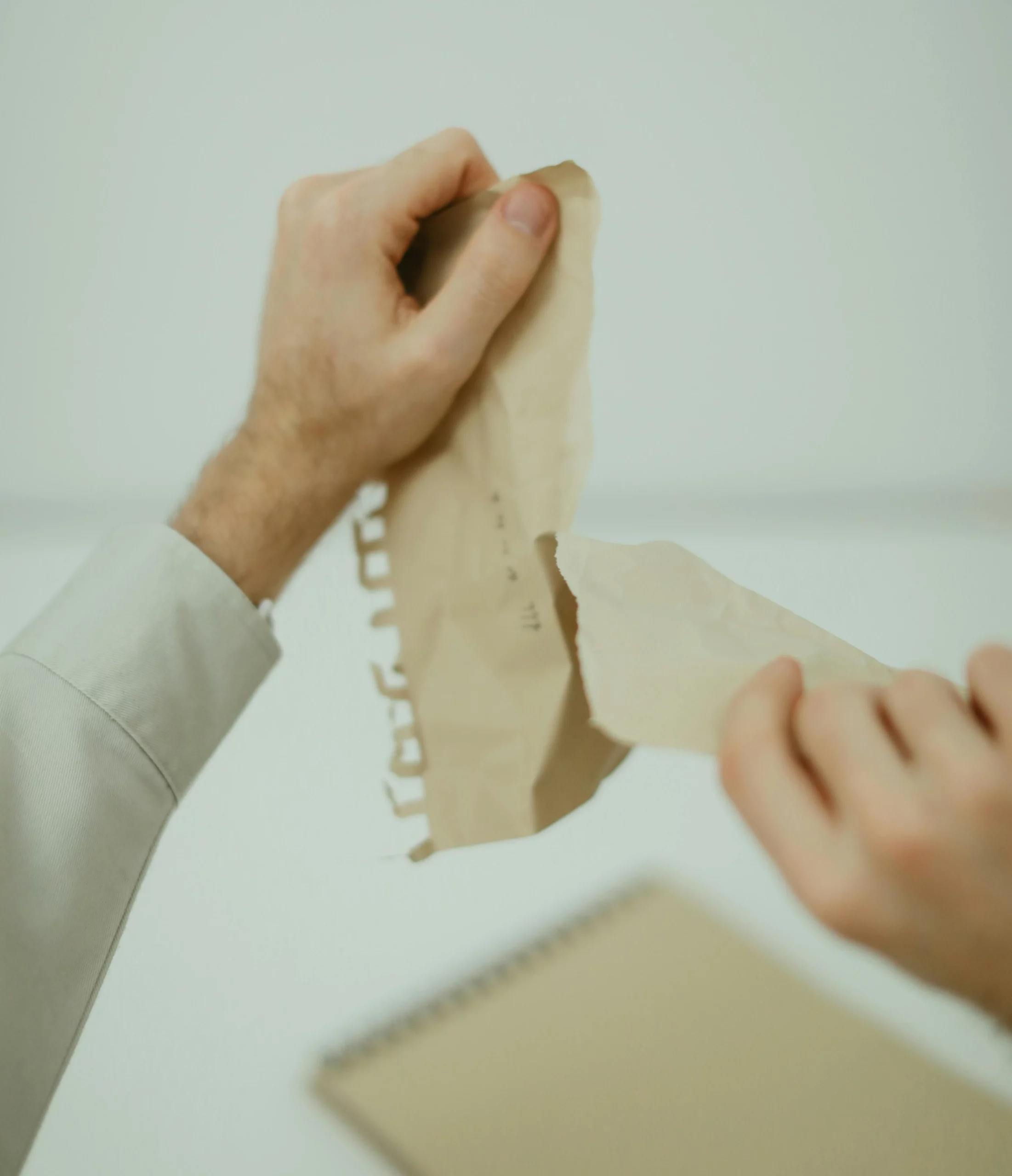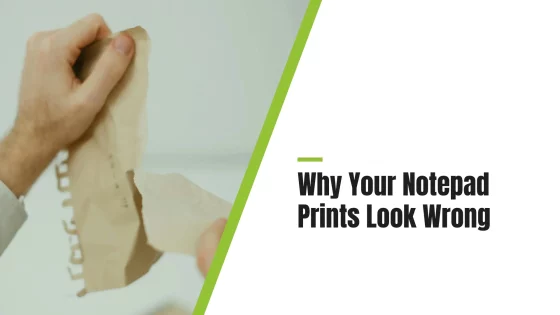Why Aren’t My Printed Notepads Turning Out Right? 7 Common Mistakes and How to Fix Them
Printed notepads often suffer from issues like poor paper quality, low-resolution images, and improper bleed settings, all of which can affect their professionalism and usability. By understanding and addressing seven common printing mistakes, businesses can ensure their notepads are effective, high-quality tools for branding and everyday use.
Printed notepads are an essential tool for daily use and business branding. When printed correctly, they leave a professional impression, reinforce brand identity, and provide practical value. However, if your printed notepads keep missing the mark, you’re not alone. Many common mistakes can impact the final product. This article outlines seven frequent notepad printing errors and offers practical solutions to avoid them.
1. Choosing the Wrong Paper Type
Using the wrong type of paper can result in notepads that feel flimsy, tear easily, or allow ink to bleed through. This is especially important when choosing formats like A3 or A6 custom notebooks, where paper durability can vary significantly.
- Paper weight (GSM): 80gsm is budget-friendly but less durable. Opt for 100gsm or 120gsm for better quality.
- Paper finish: Uncoated paper is ideal for writing, while coated paper may cause smudging.
- Stock consistency: Poor-quality paper may vary between batches.

2. Missing Bleed and Margin Settings
Incorrect bleed and margin settings can lead to content being cut off or misaligned during trimming. This is particularly relevant for glued notepads or fast-turnaround express products where speed can sometimes compromise file checks.
- Bleed area: Allow a 3mm bleed beyond the trim line to avoid unwanted white edges.
- Safe zone: Keep important elements at least 5mm inside the trim edge.
- Consistent layout: Review artwork against template guidelines.
3. Using Low-Resolution Images
Images that appear pixelated or unclear are usually due to low resolution. Whether you’re producing A5 custom notebooks or DL notebooks, maintaining 300dpi ensures sharp, professional print results.
- Use images with a resolution of 300dpi or higher.
- Avoid web images or screenshots.
- Save artwork as high-resolution PDFs with embedded fonts and images.
4. Colour Mismatch in Final Print
Colours on screen often look different in print. This mismatch is usually caused by using the wrong colour profile. Learn more in Custom Printed Notepads: The Ultimate Branding Tool for Small Businesses.
- Design using the CMYK colour model rather than RGB.
- Calibrate your monitor regularly.
- Request a printed or digital proof before finalising the job.

5. Overcrowded or Ineffective Layouts
A cluttered design reduces readability and functionality. For niche branding opportunities, you might consider specific notepads tailored to your audience or event.
- Limit fonts and colour variations.
- Leave ample white space for writing.
- Keep important information away from trim edges.
- Choose lined or grid formats if structure is needed.
6. Skipping the Proofing Process
Skipping the proofing stage can result in errors that affect the entire print run. Taking just a few extra minutes to review the details can save you from costly mistakes. How Much Do Custom Notepads Cost? A Complete Pricing Breakdown offers more insight into what to budget for professional output.
- Spelling, grammar, and punctuation
- Alignment, spacing, and layout
- Bleed, trim, and margin accuracy
- Colour consistency and contrast
7. Choosing an Unreliable Print Supplier
An unreliable supplier can lead to inconsistent results and poor customer service. When planning large-scale runs of wirobound notepads or A4 custom notebooks, supplier consistency is key.
- Clearly outlined file requirements
- Transparent communication
- Quality checks and sample availability
- Verified customer feedback
Quick Troubleshooting Checklist
Before placing your order, use this checklist to ensure your notepad design is print-ready:
- Used high-resolution images (minimum 300dpi)
- Included correct bleed and safe margins
- Selected the right paper weight for your needs
- Designed in CMYK colour profile
- Requested and approved a proof
- Worked with a supplier that meets quality standards
- Checked spelling, punctuation, and layout details
- Ensured all fonts are embedded or outlined
- Verified final file format is high-resolution PDF
- Reviewed design for balance, white space, and usability
Conclusion: Get Notepad Printing Right the First Time
Most notepad printing problems stem from avoidable errors in design or production. By following these best practices, you can achieve high-quality, professional notepads that reflect well on your brand.
Looking to avoid costly print mistakes? Use this guide as a reference before sending your next notepad order to print. A few extra steps now can help ensure a successful result that meets your expectations. Learn more.
